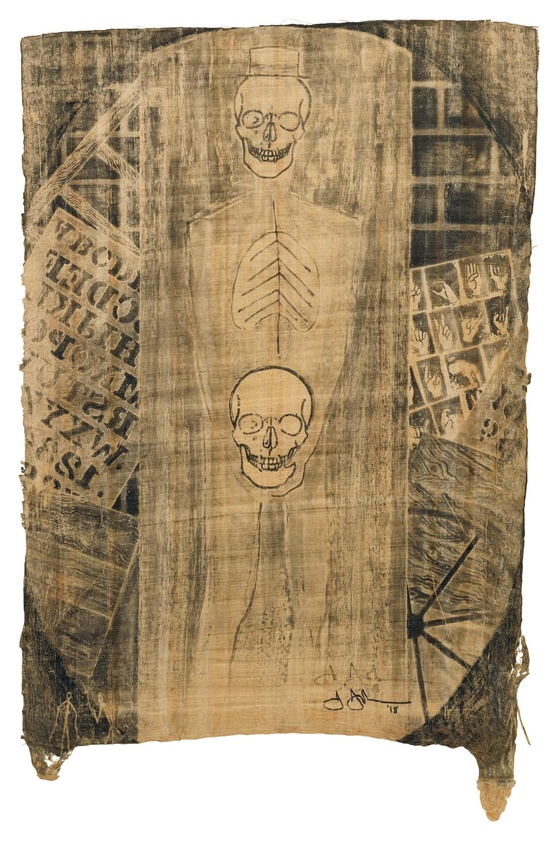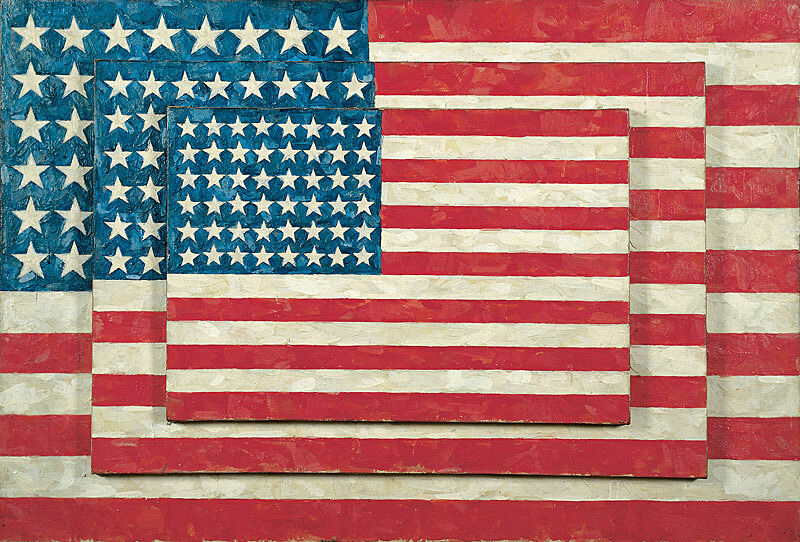Spring
Sept 24, 2021
0:00
Spring
0:00
Narrator: Spring and Fall are part of “The Seasons,” a series Johns made in 1986. Soon after, he described working on the series to filmmaker Judith Weschler.
Jasper Johns: The first of the paintings that I did was Summer, and for that someone traced a shadow that was cast on the ground, and I cut it out and used that as a basis for that image, and then I used the same thing in all four paintings.
Judith Weschler: Did it matter whose shadow it was?
Jasper Johns: Well, there were only two of us present so it was either his or mine. [Laughs] And so I ask him to do it.
Judith Weschler: And the arm?
Jasper Johns: It’s a kind of form that I’ve used repeatedly, the arm inside the circle. It suggests a motion in time, and a kind of record, an image made by an activity.
Narrator: This conversation is interesting for what it tells us about Johns’s process. It’s also typical in the way that it shows his reluctance to be pinned down. But while he may sound a bit evasive about exactly whose shadow he reproduced in the work, it was in fact his own—so there is an element of self-portraiture to this work. Around the same time he made this series, he reflected on his increasing willingness to make his work more personal. Here’s his friend, the composer John Cage, reading Johns’s words.
John Cage: “In my early work, I tried to hide my personality. My psychological state, my emotions. This was partly due to my feelings about myself and partly due to my feelings about painting at the time. I sort of stuck to my guns for a while but eventually it seemed like a losing battle. Finally, one must simply drop the reserve. I think some of the changes in my work relate to that.”
Narrator: This audio was drawn from the film Jasper Johns: Take an Object, directed by Hans Namuth and Judith Wechsler.


